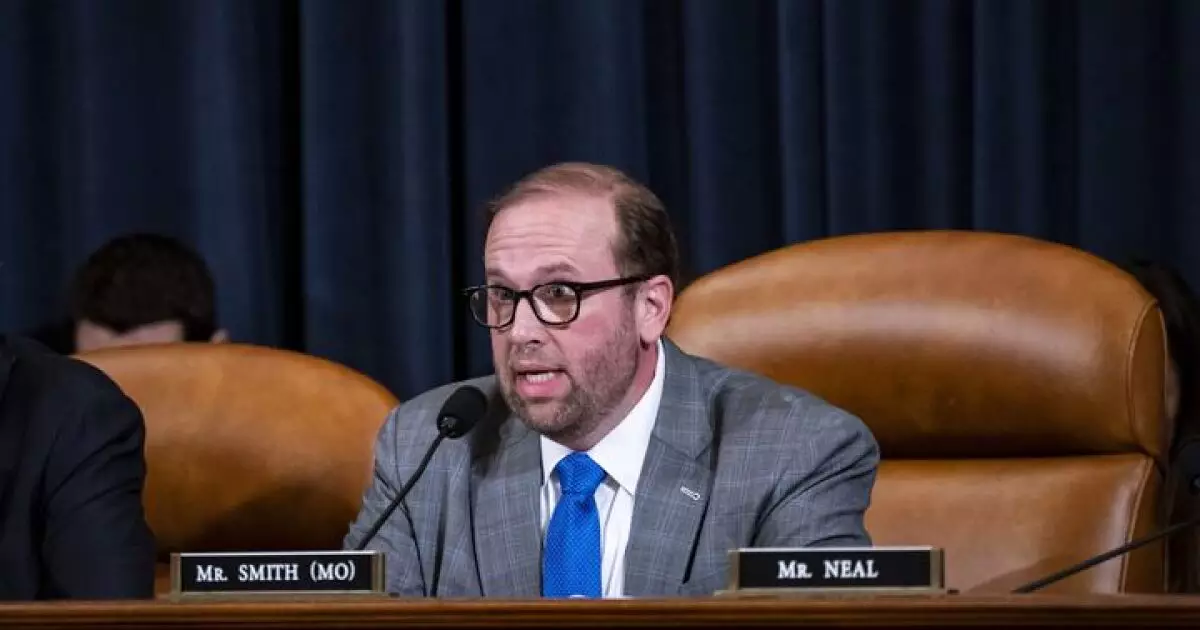The landscape of higher education in the United States is poised for significant transformation depending on the outcomes of the forthcoming elections. As universities confront rising scrutiny from lawmakers, the implications on funding, taxation, and overall structure of institutions are becoming more pronounced. The intersection of education and politics appears fraught with pitfalls, highlighting the urgent need for universities to navigate these turbulent waters adeptly.
The potential overhaul of tax regulations looms large over nonprofit higher education institutions. As politicians are increasingly focused on revenue generation, higher-ed institutions find themselves in a precarious position as their tax-exempt statuses are under fire. House Republicans have been particularly vocal about re-evaluating the substantial tax benefits that universities enjoy, arguing that there is room for reformation in how endowments are taxed.
Recent legislative actions, including proposals to sharply increase taxes on large endowments, signal a clear warning for colleges and universities. Such moves aim to bolster state revenues and may significantly affect institutions with considerable financial reserves. For example, a proposal to hike the excise tax on endowment investment income from a mere 1.4% to an unprecedented 35% for certain institutions threatens to reshape the financial landscape of higher education, particularly for those with an excess of $10 billion in managed assets.
Financial challenges are already acute in higher education, exacerbated by rising default rates and systemic divides between affluent and struggling institutions. As reported, private higher education institutions are now significantly contributing to gross par impairments within the bond market, with defaults having reached disturbing levels. The consequences of these economic pressures manifest in the form of diminished resources available for critical programs and services, leaving some institutions in a tailspin while others continue to thrive.
Moreover, the challenges that universities face extend beyond fiscal considerations. The cultural and academic integrity of academia is also under examination, especially relating to institutional responses to social issues. Graduate leaders and university presidents have faced intense critiquing over their management of campus environments concerning issues such as antisemitism and pro-Palestinian protests. The push for accountability highlights a broader call for re-evaluation of how universities engage with students on contentious social matters.
The upcoming election will fundamentally decide which party maintains control over vital committees, such as the House Ways and Means and the Senate Finance committees. The future direction of higher education policies hangs delicately in the balance. If Democrats regain control, leaders such as Rep. Richard Neal from Massachusetts could re-emerge as a central figure in higher education funding and policy discussions given his prior experience and understanding of the sector.
The implications of the tax exemption debate cannot be understated. Valued at a staggering $1.7 billion, the federal tax exemption for higher education institutions is vital for sustaining their financial viability. If major changes occur, they could lead to a domino effect on funding for various programs essential to the operational framework of universities and colleges.
The states’ ability to support higher education institutions financially is also under scrutiny, especially as federal aid diminishes. Many states have historically relied on regulations like the State and Local Tax (SALT) deduction, which affects their ability to generate revenue. Any modifications to this deduction carry the potential to plunge charitable contributions and state funding levels for public higher education institutions.
As the sector grapples with these pressures, SHERPA will play a strategic role in advocating for better alignment of federal and state funding policies. This cooperation between federal and state governments will be critical as state budgets tighten and the expiration of pandemic-related funds looms ever closer.
The culmination of these political, financial, and social pressures indicates a sector standing on the precipice of a major realignment. The comparisons drawn between prosperous public institutions and their financially struggling counterparts, particularly smaller private colleges, underpin the urgency for reform.
It is essential for the higher education community to prepare for forthcoming challenges by bolstering their advocacy efforts, re-evaluating financial sustainability practices, and fostering open dialogues with lawmakers. The interplay between education and politics will undoubtedly shape the future of higher education, making it imperative to stay vigilant and proactive. Now more than ever, understanding this dynamic universe is crucial for institutional leaders as they chart their course in uncertain terrain.

